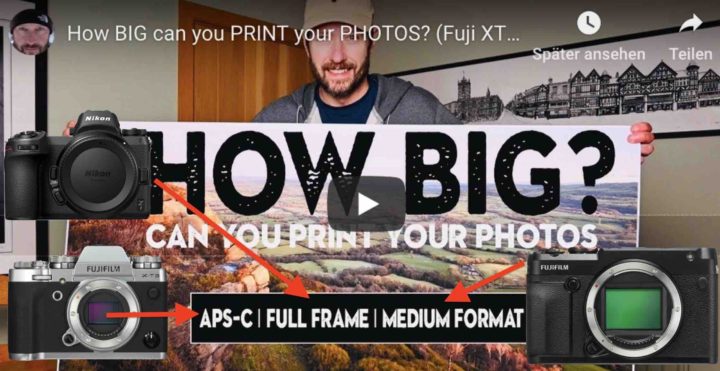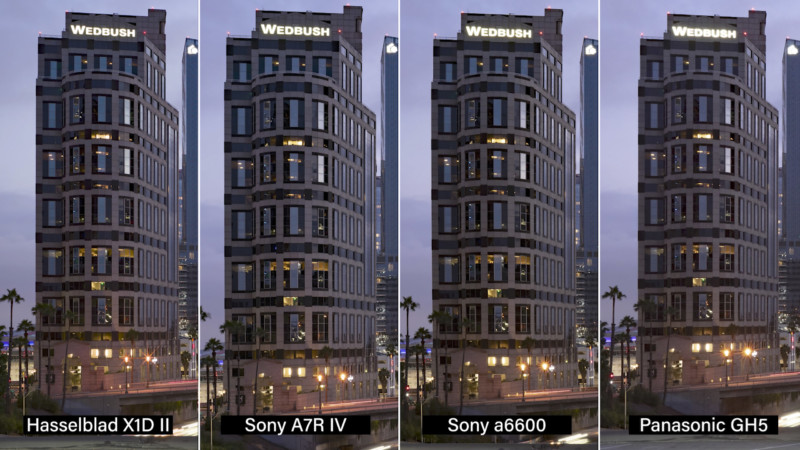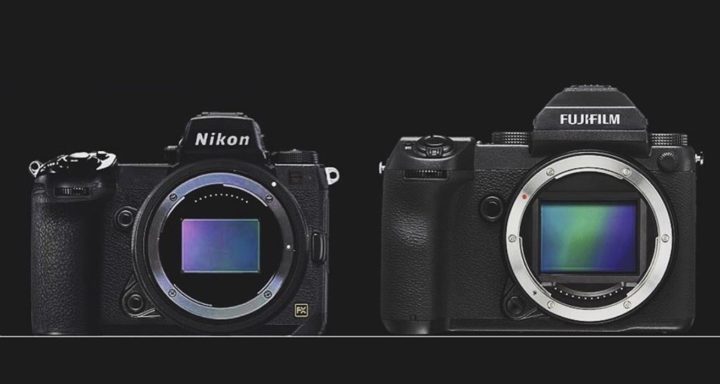

- #Full frame vs medium format full
- #Full frame vs medium format software
- #Full frame vs medium format professional
Full frame terminology refers to the 35mm film that we were used to on most film cameras. To begin, let’s explain what we mean by a Full Frame camera for those unfamiliar with the term. But technical specifications aside, what are the real benefits of using a Full Frame camera and what are the reasons to choose one? Immediately we think of gorgeous image quality, beautiful shallow depth of field, exceptional dynamic range and great low-light performance. If you’re looking to shoot specific aspect ratios to maximize your creative vision, medium format gives you more options.Full Frame: these two words put together make lots of photographers happy. Cameras from Fuji and Hasselblad, for example, offer a 6x17 aspect ratio to allow for amazing panoramic images on a single shot, rather than the stitching and processing required for smaller-format systems. As with their film counterparts, medium format cameras have a variety of different aspect ratios that you can select without significant decreases in resolution or increases in processing needs. Medium format cameras allow greater flexibility for creative format ratios. This is often what people are trying to articulate when they talk about “the medium format look.” 5.

If you’re looking for maximum creative control over your depth of field, medium format is where you need to be looking.

This concept translates perfectly with the medium format digital cameras as well.
#Full frame vs medium format professional
One of the biggest reasons commercial and professional photographers preferred medium format film was the superior way in which the falloff of focus of the larger formats was realized. Medium format cameras will allow for greater control over your depth of field. This is minimized with a medium format camera.
#Full frame vs medium format software
Although editing software can recover much of this information in post-processing, details in deep shadows or extremely bright details can be lost forever without exposure bracketing and HDR processing. Most full frame digital cameras provide 10-12 stops of dynamic range, while medium format can deliver up to 15 stops. This is important as it allows you to preserve details that are often lost in the highlights and shadow areas of your image. The larger sensor also allows for wider dynamic range. Translation: In low light, the medium format camera will outperform its smaller-framed competitors. The larger pixels will capture more light, and the end result will be lower digital noise levels at higher ISOs. If we compare a crop frame, full-frame, and medium format sensor, all with the same resolution, it makes perfect sense that the smaller sensors will have to shrink the pixel size to get them to fit into a smaller area. Because of the larger sensor, medium format cameras will have larger pixels. But remember, not all pixels are created equal, which brings us to… 2. If you need plenty of resolution for cropping, capturing small details, or enlarging your prints to massive sizes, medium format continues to define the maximum available resolutions.

At the time of this writing, 50MP of resolution is the entry point for a medium format sensor, with several options allowing 100MP, and there’s no reason to expect that this won’t continue to jump up significantly in the future. Just as with the full-frame digital cameras compared to crop frame, medium format sensors have more surface area, and can accommodate more resolution. Larger sensors allow for more resolution. Cropped Frame (Left), Medium Format (Middle), Full-Frame (Right) 1.


 0 kommentar(er)
0 kommentar(er)
